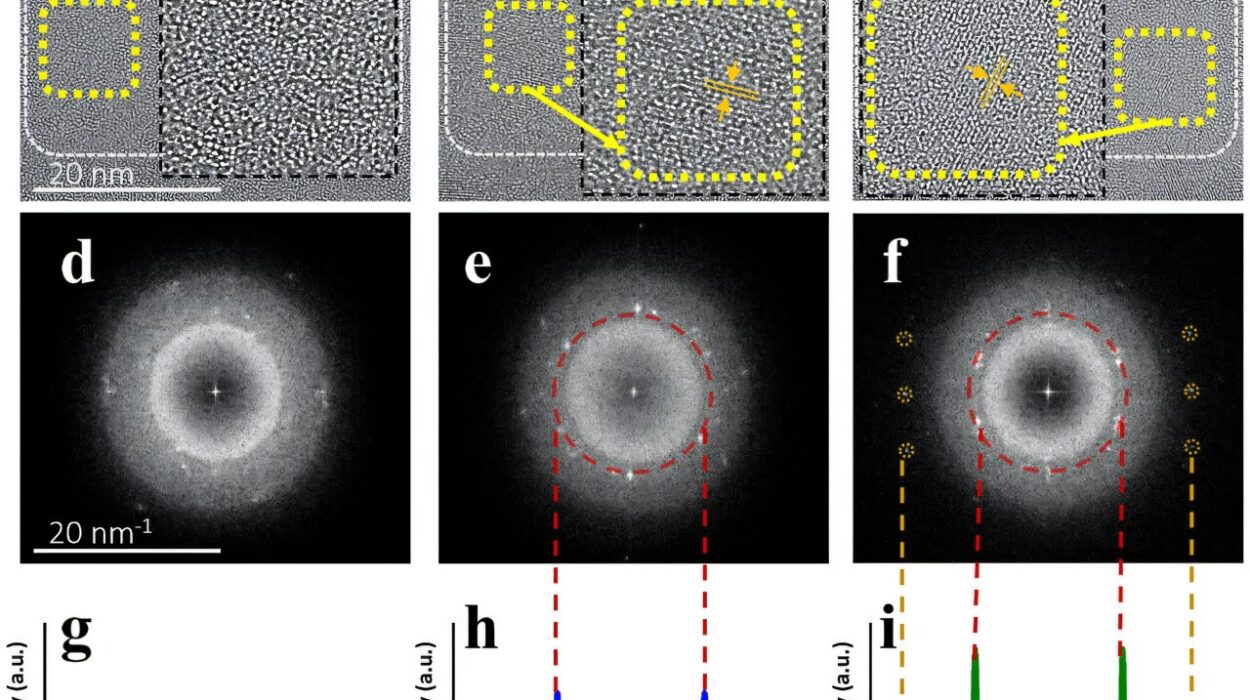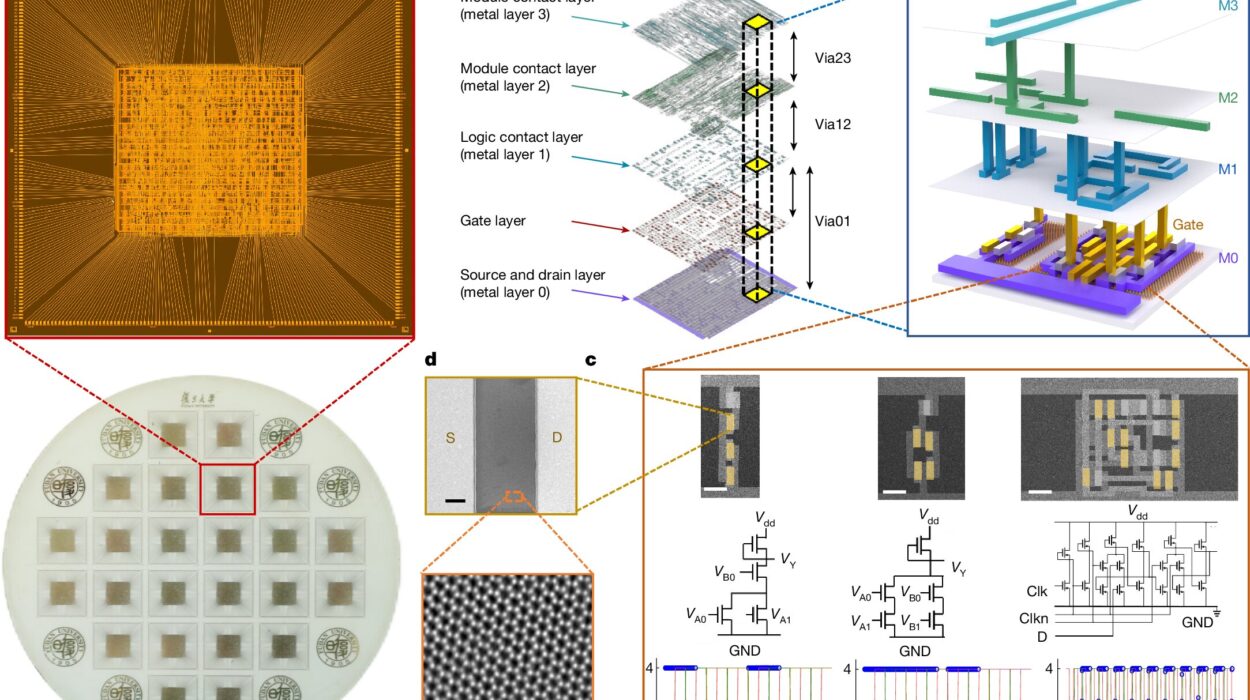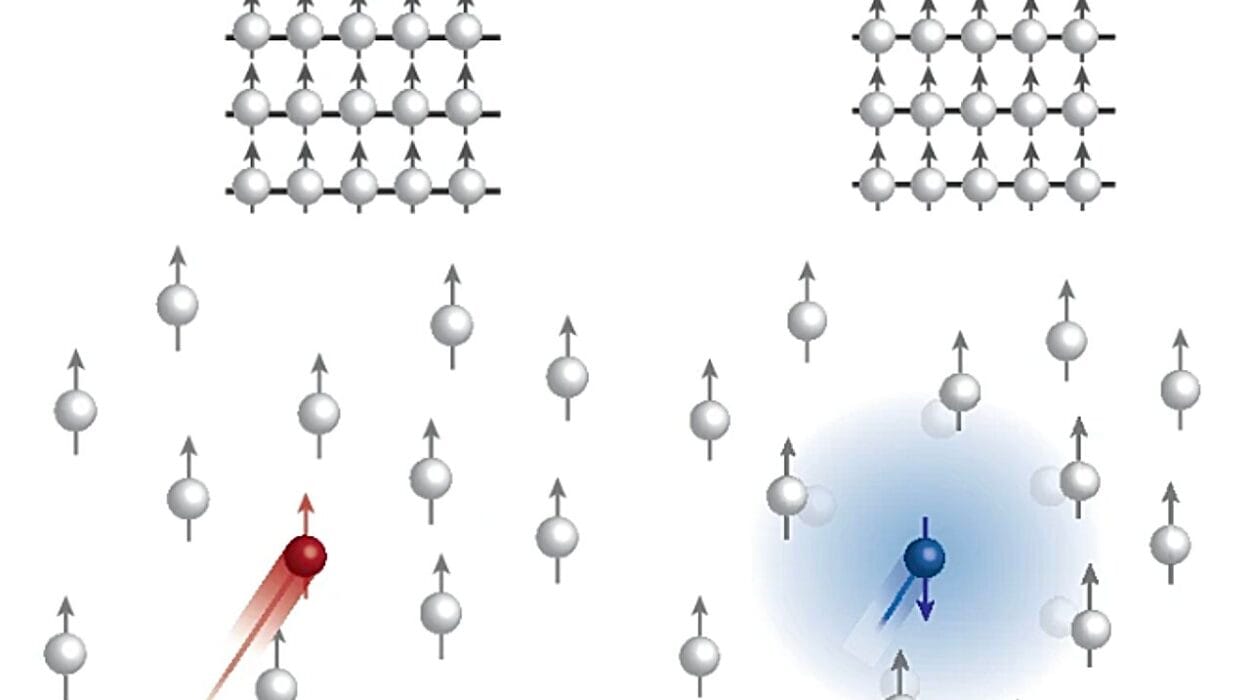Magnetism is one of the most intriguing and mysterious forces in the natural world. From the simple fridge magnet that holds your shopping list to the powerful magnetic fields of the Earth that guide migratory birds, magnets play a vital role in both everyday life and the vast cosmos. But what exactly is magnetism? How do magnets work, and why do they attract or repel certain materials? This article will take you on a journey through the physics behind magnetism, unraveling its secrets, exploring its many manifestations, and revealing how this invisible force shapes the world around us.
The Fascination with Magnets: A Brief Introduction
Magnets have captivated human imagination for thousands of years. Ancient civilizations discovered naturally occurring magnetic rocks, known as lodestones, which mysteriously attracted iron. The Chinese were among the first to use magnets for navigation, developing compasses that transformed exploration and trade. Over centuries, scientists and philosophers have sought to understand the underlying principles that govern magnetic phenomena.
Today, magnetism is more than a curiosity—it’s a fundamental force studied deeply by physics, intertwined with electricity, and harnessed for countless technologies including electric motors, MRI machines, and data storage devices. The journey to understand magnetism has also paved the way for some of the most profound insights into the nature of matter and energy.
What Is Magnetism? An Intuitive Overview
At its core, magnetism is a force—a special kind of interaction between objects that can cause attraction or repulsion without physical contact. Magnets produce magnetic fields, invisible regions of influence that can exert forces on other magnets or magnetic materials. The north and south poles of a magnet define the directions in which these forces act.
Magnets can attract materials like iron, cobalt, and nickel. However, they do not attract everything; for instance, wood, plastic, and glass remain unaffected. This selective behavior hints at something deeper going on at the atomic and subatomic levels.
The simplest way to picture a magnet is as an object with two poles—north and south—where magnetic field lines emerge from the north pole, loop through space, and enter the south pole. These field lines are more than conceptual; they represent real forces that act on other magnetic moments within materials.
But what generates these magnetic fields? Why do only certain materials respond? The answers lie in the microscopic world of electrons and their quantum behavior.
The Atomic Roots of Magnetism
Everything in the universe is made of atoms—tiny building blocks composed of a nucleus surrounded by electrons. To understand magnetism, we must zoom in to the scale of electrons.
Electrons have an intrinsic property called “spin,” which can be imagined as a tiny magnetic moment, much like a tiny bar magnet. Each electron’s spin generates a small magnetic field. However, this analogy only scratches the surface, as the true quantum nature of spin is more complex and less intuitive.
Besides spin, electrons also orbit the nucleus, creating an additional magnetic moment due to their motion. In many atoms, these magnetic moments cancel out because electrons come in pairs with opposite spins, resulting in no net magnetism. However, in some atoms, especially those of iron, cobalt, and nickel, the magnetic moments do not fully cancel out, leaving a net magnetic moment.
When these atomic magnetic moments align in a material, their individual tiny fields add up, creating a strong, macroscopic magnetic field that we observe as a magnet. This alignment can be permanent or induced temporarily depending on the material’s structure and conditions.
Types of Magnetism: From Diamagnetism to Ferromagnetism
Magnetic behavior in materials varies widely, depending on how the atomic magnetic moments interact and align. Physicists classify magnetism into several types:
Diamagnetism is a weak form of magnetism present in all materials. When exposed to a magnetic field, diamagnetic materials generate an opposing magnetic field, causing slight repulsion. This effect is very subtle and usually overshadowed by stronger magnetic behaviors.
Paramagnetism occurs in materials with unpaired electrons that do not interact strongly with each other. When placed in a magnetic field, these atomic moments align somewhat with the field, causing weak attraction. However, this alignment disappears once the external field is removed.
Ferromagnetism is the phenomenon responsible for permanent magnets. In ferromagnetic materials like iron, atomic magnetic moments spontaneously align parallel to each other, creating a strong, persistent magnetic field even without an external field. This alignment is stabilized by quantum mechanical interactions known as exchange interactions, which favor parallel alignment.
Other types include antiferromagnetism, where adjacent atomic moments align oppositely, cancelling each other out, and ferrimagnetism, a mixed form seen in some complex oxides.
Understanding these types reveals why some materials can be turned into magnets, while others cannot.
The Quantum Mechanics Behind Magnetism
Delving deeper, the foundation of magnetism lies in the strange and fascinating world of quantum mechanics. Unlike classical physics, where electrons were imagined as tiny charged spheres orbiting the nucleus, quantum mechanics describes electrons as wavefunctions with probabilistic distributions.
The electron’s spin is a purely quantum property with no classical analogue. Spin quantization means electrons can have only certain discrete spin states, usually described as “spin-up” or “spin-down.” The Pauli exclusion principle, which states that no two electrons in an atom can have identical quantum states, forces electrons into specific arrangements that influence magnetic properties.
The exchange interaction is a purely quantum mechanical effect arising from the indistinguishability of electrons and their spins. This interaction causes electrons in certain materials to prefer aligning their spins parallel or antiparallel, leading to ferromagnetism or antiferromagnetism respectively.
Quantum mechanics also explains the limits of magnetism—why it disappears at high temperatures (thermal agitation overcomes magnetic alignment) or why only specific elements exhibit strong magnetic properties.
Magnetic Domains: How Magnets Maintain Their Strength
Even in ferromagnetic materials, magnetic moments are not uniformly aligned throughout the entire piece of metal. Instead, these materials break down into regions called magnetic domains, where moments are aligned internally but point in different directions between domains.
Domains reduce the overall magnetic energy of the system by minimizing stray magnetic fields. When a ferromagnetic material is magnetized, these domains grow or shrink, aligning more moments in the same direction and creating a strong overall magnetic field.
The boundaries between domains, called domain walls, play a crucial role in magnetization and demagnetization processes. Applying external magnetic fields can shift domain walls, enhancing or weakening magnetism. This behavior is fundamental to how magnets are made and how they function in devices.
How Magnets Interact: Attraction and Repulsion
The defining characteristic of magnets is their ability to exert forces on each other. Opposite poles attract, while like poles repel—a fact familiar from childhood experiments. But why does this happen?
Magnetic fields are generated by moving electric charges and intrinsic spin, and these fields interact with other magnetic moments. When two magnets approach, their fields interact—if their field lines complement each other (north to south), the magnets pull together, minimizing energy. If the fields oppose (north to north or south to south), they push apart to avoid high energy states.
This principle of field interaction governs not just bar magnets but also electromagnets and the magnetic forces within materials.
Electromagnetism: The Unity of Electricity and Magnetism
Magnetism is intimately connected with electricity. This connection was revealed in the 19th century by Hans Christian Ørsted, who discovered that an electric current produces a magnetic field. This breakthrough led to James Clerk Maxwell’s formulation of Maxwell’s equations, which unify electricity and magnetism into a single framework—electromagnetism.
Electric currents generate magnetic fields, and changing magnetic fields induce electric currents—a phenomenon known as electromagnetic induction. This principle is the basis for transformers, electric generators, and countless electronic devices.
Electromagnets, which use electric current to create magnetic fields, can be switched on and off, and their strength can be controlled. They are fundamental to modern technology, from MRI machines that peer inside our bodies to maglev trains that float above tracks.
Magnetic Materials and Their Applications
Magnets and magnetic materials are everywhere. From simple refrigerator magnets to sophisticated hard drives, magnetism underpins modern life. Magnetic materials are chosen based on their properties for various applications.
Permanent magnets, typically made from ferromagnetic alloys like neodymium-iron-boron, maintain a stable magnetic field and are used in motors, sensors, and loudspeakers.
Soft magnetic materials, such as silicon steel, have low coercivity and can be magnetized and demagnetized easily. They are used in transformer cores and electromagnets.
Magnetic storage devices use tiny magnetic domains to encode data, allowing computers to save vast amounts of information.
In medicine, magnetic fields are used in MRI technology to produce detailed images of soft tissues, revolutionizing diagnostics.
The Earth’s Magnetism and Its Importance
Our planet itself is a giant magnet. The Earth’s magnetic field is generated by the movement of molten iron in its outer core, creating a geodynamo effect. This field extends far into space, forming the magnetosphere, which shields life on Earth from harmful solar radiation.
The magnetic poles wander over time and even flip entirely in geological cycles, leaving clues in rock formations that help scientists understand Earth’s history.
The magnetic field also aids navigation, both for humans using compasses and for animals like migratory birds, turtles, and whales that rely on geomagnetic cues to find their way across vast distances.
Recent Advances and the Future of Magnetism
Research into magnetism continues to push boundaries. New materials such as spintronic devices exploit electron spin rather than charge, promising faster and more efficient electronics. Magnetic monopoles, hypothetical particles with a single magnetic pole, remain a fascinating theoretical pursuit.
Scientists are also exploring ways to manipulate magnetism at the nanoscale, leading to advances in data storage, quantum computing, and medical therapies.
Conclusion: The Invisible Force That Shapes Our World
Magnetism, once a mysterious force, is now understood through the lens of atomic physics and quantum mechanics. Yet its invisible reach continues to influence technology, nature, and our daily lives in profound ways.
From the spin of tiny electrons to the protective shield around our planet, magnetism reveals the elegance and complexity of the universe. By exploring how magnets work, we gain not only scientific knowledge but also a deeper appreciation for the unseen forces that connect and sustain the world around us.






